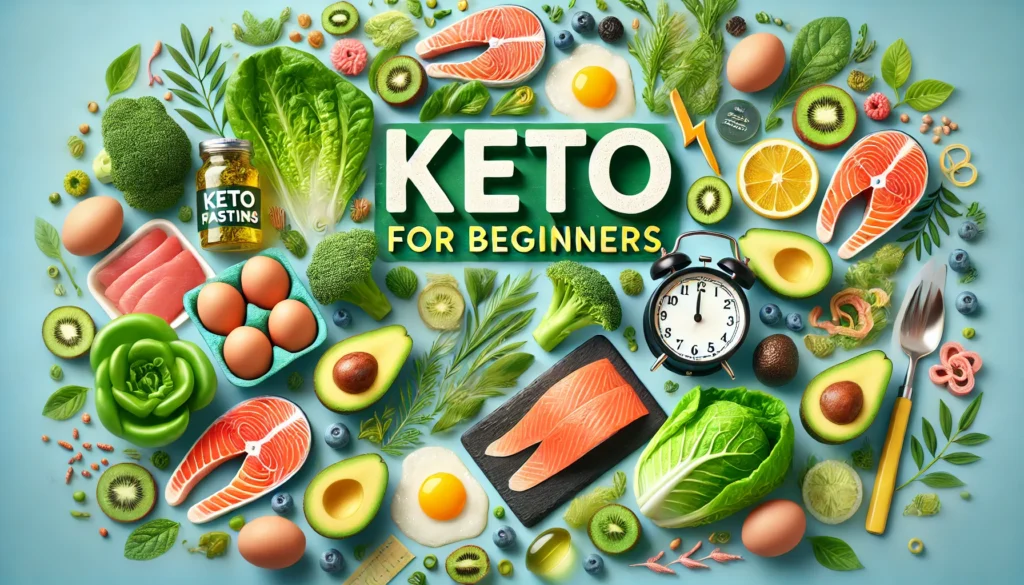What are Ketones?
Ketones are an alternative fuel source derived from fat, not carbs or proteins. You produce ketones by lowering carbohydrate intake or reducing how often you eat. This is why a low-carb diet paired with intermittent fasting helps maximize ketone production.
Benefits of Ketones
Ketones offer several advantages over glucose as a fuel source. They increase oxygen, boost energy, and support brain function—your brain and heart prefer ketones. Most tissues can run on ketones, but for areas that need glucose, your body can create it from fat or protein through gluconeogenesis. You don’t need to eat carbs to get glucose.
How to Enter Ketosis
Achieving ketosis takes 3 to 5 days, depending on insulin sensitivity and overall health. Lower your carb intake and reduce meal frequency to speed up the process.
Why Keto and Fasting?
Keto and intermittent fasting work together to lower insulin levels, which many people have in excess. High insulin leads to insulin resistance, a precursor to diabetes and other metabolic issues. Keto helps reduce insulin, burns fat, improves brain function, lowers blood pressure, and boosts energy—all while curbing hunger.
Autophagy: A Bonus Benefit
When you fast for 18 hours or more, your body enters autophagy, a process that recycles damaged proteins and improves overall cellular health. Combining keto with intermittent fasting enhances this effect.
Healthy Keto vs. Dirty Keto
Choose “healthy keto,” which emphasizes high-quality, nutrient-dense foods like grass-fed meats and organic vegetables. Avoid “dirty keto,” which focuses only on low carbs without considering food quality.
Keto Meal Structure
To keep it simple: half your plate should be vegetables, a quarter protein, and a quarter fat. This provides the right balance of nutrients while keeping carbs low. For optimal results, aim to eat only when hungry, avoid snacking, and drink plenty of fluids between meals.
Youtube link for this blog by DR. Berg


